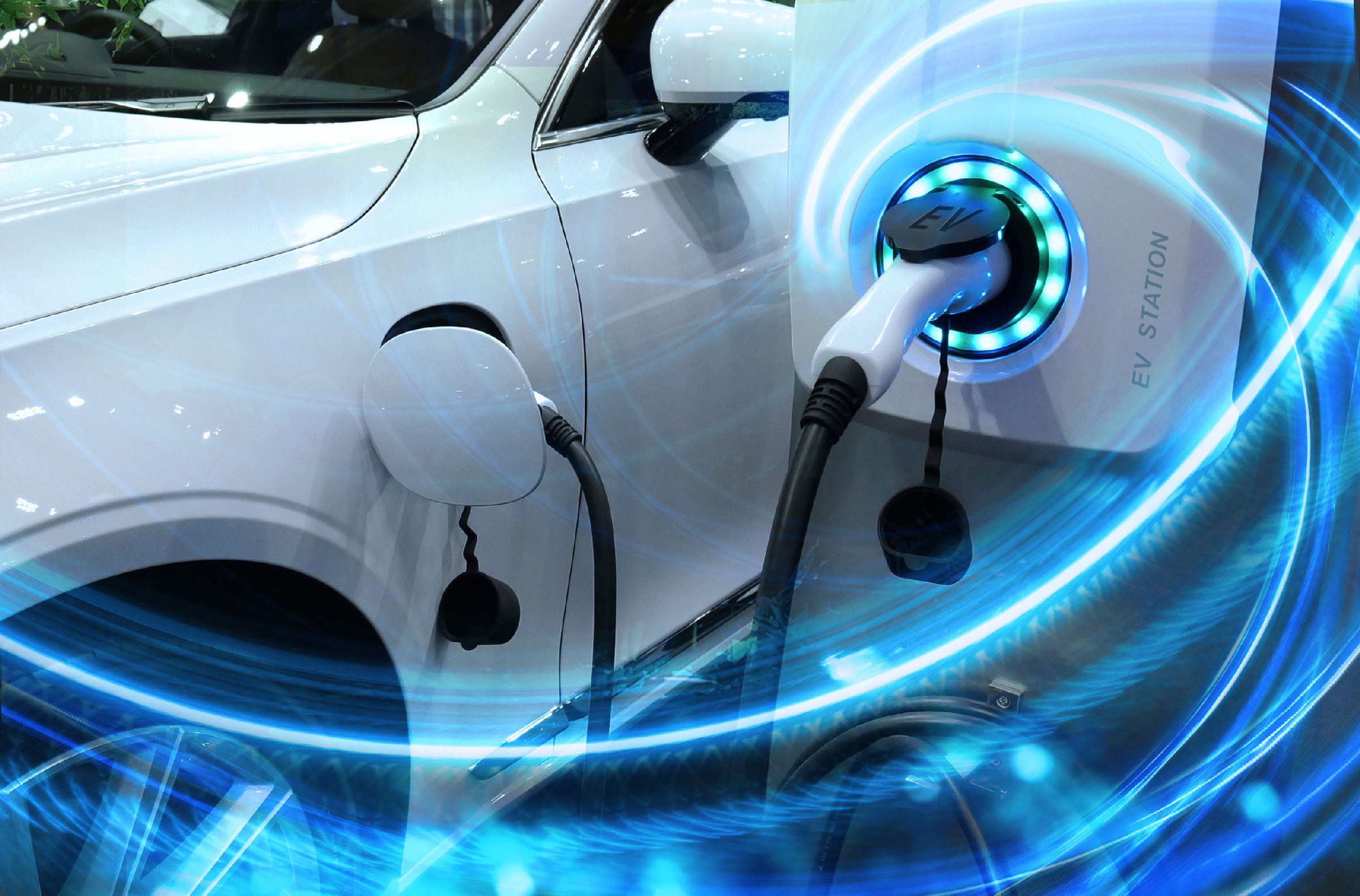
In this article we have provided information on the latest advancements in Electric Vehicles — and the infrastructure that will be necessary to make the EVs of today and tomorrow feasible as the standard mode of personal transportation for the future.
Electric vehicles (EVs) have made tremendous strides since they were first introduced — and they are becoming more popular than ever before. Yet some drivers are still hesitant to make the switch from traditional internal combustion engine (ICE) gas-powered cars. Performance has certainly improved, but long distance charging capabilities are still a major concern.
This overview of EV technology discusses the growing necessity for a nationwide charging infrastructure, as well as the improvements to the nationwide power grid needed to make owning an EV viable. To accomplish the smooth transition from the use of fossil fuels to all electric vehicles will take planning and cooperation from everyone, including government agencies, utility providers, private charging networks, and consumers.

The early beginning of electric vehicles
Introduced over 130 years ago, electric cars were well-received, but lack of speed and range proved to be consistent problems. As the first electric vehicles came onto the market, so did a new type of gasoline-powered vehicle with the internal combustion engine (ICE). Thanks to improvements to the ICE, the gasoline-powered cars of the 1800s had promise, but they also weren’t without their issues.
It was Henry Ford’s mass-produced Model T that stalled interest in the electric car. Introduced in 1908, the Model T made gasoline-powered cars widely available and affordable. By 1912, the gasoline car cost only $650, while an electric roadster sold for nearly three times as much. With the rise in popularity of the gasoline-powered vehicles, electric vehicles all but disappeared by 1935.
Gas shortages renewed interest in electric vehicles
In the late 1960s and early 1970s, soaring oil prices and gasoline shortages created a growing interest in lowering the country’s dependence on foreign oil and finding homegrown sources of fuel. Congress took note and in 1976 passed the Electric Vehicle Research, Development and Demonstration Act, authorizing the Energy Department to support research and development in electric and hybrid vehicles. During this same time period, many large and small automakers began exploring options for alternative fuel vehicles, including electric cars.
Environmental concern drove electric vehicles forward
Two decades after the long gas lines of the 1970s, interest in electric vehicles had continued to wane until new federal and state regulations began to change things. The passage of the 1990 Clean Air Act Amendment and the 1992 Energy Policy Act, plus new transportation emissions regulations issued by the California Air Resources Board, helped create a renewed interest in electric vehicles in the United States. Automakers began modifying some of their popular vehicle models into electric vehicles, EVs as they are referred to in today’s terminology.
With a booming economy, a growing middle class and low gas prices in the late 1990s, many consumers didn’t worry about fuel-efficient vehicles. At this time the public wasn’t paying much attention to EVs, but there were scientists and engineers, supported by the Energy Department, that were working to improve electric vehicle technology, including batteries.
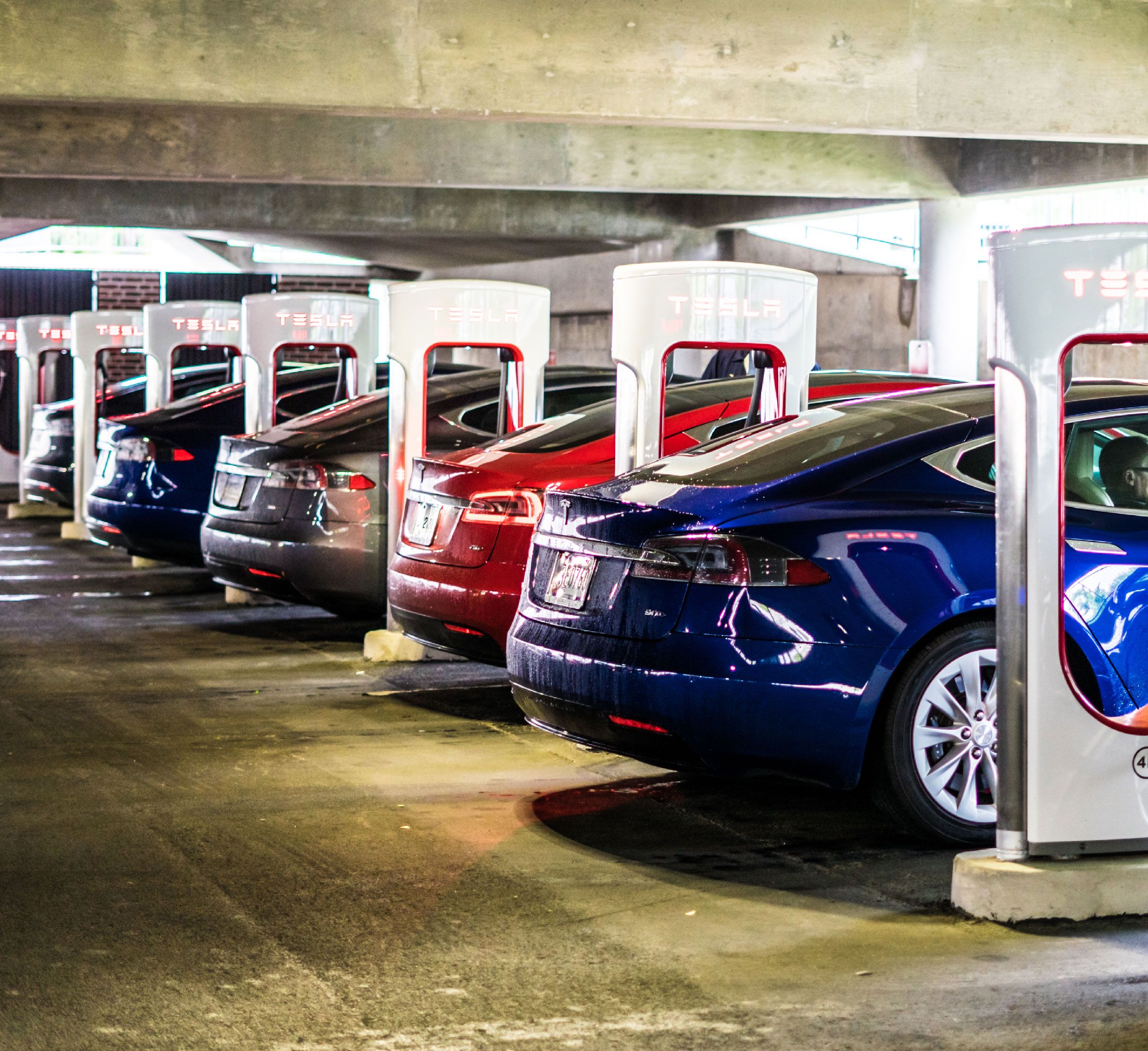
Many automakers accelerated their entry into the EV market
In 1997 Japan introduced the Toyota Prius, which became the world’s first mass-produced hybrid electric vehicle. Toyota used a nickel metal hydride battery, a technology that was supported by the US Energy Department’s research. And in 2006, another event occurred that helped reshape the electric vehicles market. A small Silicon Valley startup, Tesla Motors, started producing a luxury electric sports car that could go more than 200 miles on a single charge — a game-changing development that helped reshape the EV market.
In late 2010, the Chevy Volt and the Nissan LEAF were both released in the US market. The Volt was the first commercially available plug-in hybrid — with a gasoline engine to supplement its electric drive once the battery is depleted. The LEAF was an all-electric vehicle, meaning it was only powered by an electric motor. Over the next few years, other US automakers began rolling out electric vehicles — but the problem of where to charge the EVs while traveling persisted.
EV charging stations began to appear
In 2009, through the American Recovery and Reinvestment Act, the Energy Department invested more than $115 million to help build a nationwide charging infrastructure, installing more than 18,000 residential, commercial and public chargers across the country. Automakers and other private businesses also installed their own chargers at key locations in the US, bringing today’s total number of public electric vehicle chargers to more than 8,000 different locations with more than 20,000 charging outlets.
Rising EV sales creates need for nationwide charging infrastructure
A nationwide infrastructure of charging stations for the growing number of EVs has become critical. Planning and cooperation will be needed from everyone — including government agencies, utility providers, private charging networks and consumers. A diverse private group of charging networks alone won’t solve the issue of overtaxing the power grid. Everyone must become more aware of the demand on the power grid and plan proactively as communities begin sharing energy.
The technical name for electric car charging equipment is EVSE (Electric Vehicle Supply Equipment), commonly called a charging station. The primary function of a plug-in vehicle charging station is to provide electrical safety for the operator and electrical infrastructure throughout the charging process — specifically to address the risks of fire and electric shock.
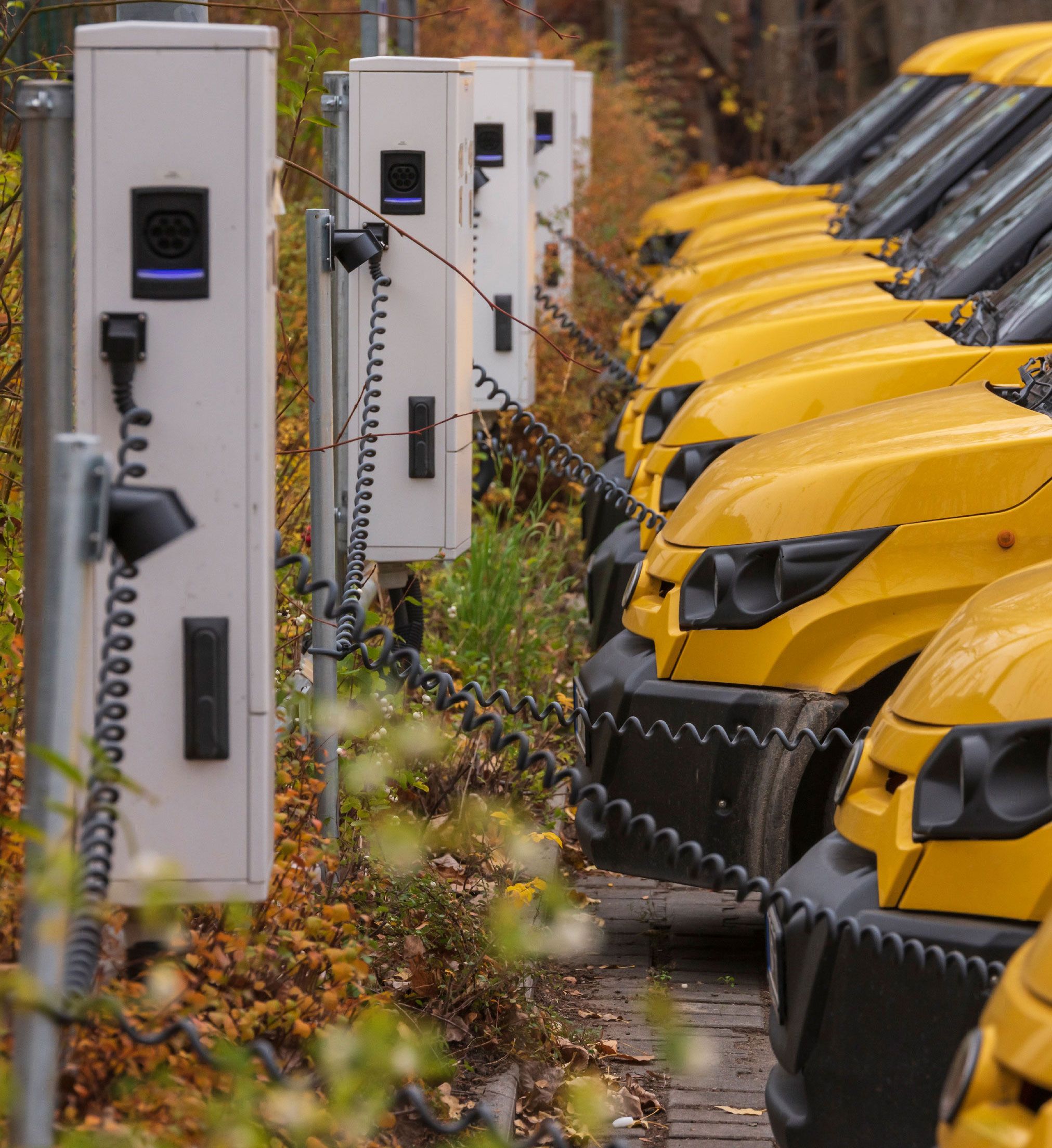
Electric vehicle charging networks
An electric vehicle charging network is an individual infrastructure system of stations for providing access points for recharging electric vehicles. Many federal, state and city governments, car manufacturers and charging infrastructure providers are now creating these networks. To help further develop a nationwide infrastructure, these different entities will need to develop working agreements from state to state across the nation.
Today, some manufacturers and charging network vendors include proprietary solutions, such as ChargePoint or hardware agnostic app solutions like AmpUp, EVConnect and Greenlots. Hardwareagnostic vendors allow customers to switch out their current charge stations and/or switch to a different network vendor, whereas proprietary vendors do not allow customers to switch.
US electric vehicle charging infrastructure market growth
The US electric vehicle charging infrastructure market size was valued at USD 2.08 billion in 2020. It is expected to expand at a compound annual growth rate (CAGR) of nearly 39% from 2021 to 2028. The increasing adoption of electric vehicles, owing to benefits such as energy efficiency, lower costs for fuel and vehicle maintenance, is expected to create tremendous growth opportunities for the electric vehicle charging infrastructure market over the next decade.
In addition to the annual growth forecast, the $1.85 trillion Build Back Better Act provides $7.5 billion to building a nationwide network of plug-in EV chargers, according to the bill framework. An additional $7.5 billion is included for zero- and low-emission ferries and buses, aiming to deliver thousands of electric school buses to districts across the country. To protect against the widespread power outages that have become more frequent in recent years, the plan would allot $65 billion to improve the reliability and resiliency of the nation’s power grid, which is necessary for the successful transition to EVs.
New battery technology, supported by the Department of Energy Vehicle Technologies Office, is reaching the market helping to improve a plug-in electric vehicle’s range. The DOE’s research also helped develop the lithium-ion battery technology used in the Chevrolet Volt. More recently, the DOE’s investment in battery research and development has helped cut electric vehicle battery costs by 50% — while improving the batteries’ performance, including, power, energy and battery life. All of these developments have helped lower the cost of electric vehicles, making them more affordable for consumers.
Charging station levels currently available
Charging an electric car is not a complicated process. You simply plug your car into a charger that is connected to the electric grid. However, not all EV charging stations are created equal. Some can be installed simply by plugging into a standard wall outlet, while others require a custom installation. The time it takes to charge your car will also vary based on the charger you use.
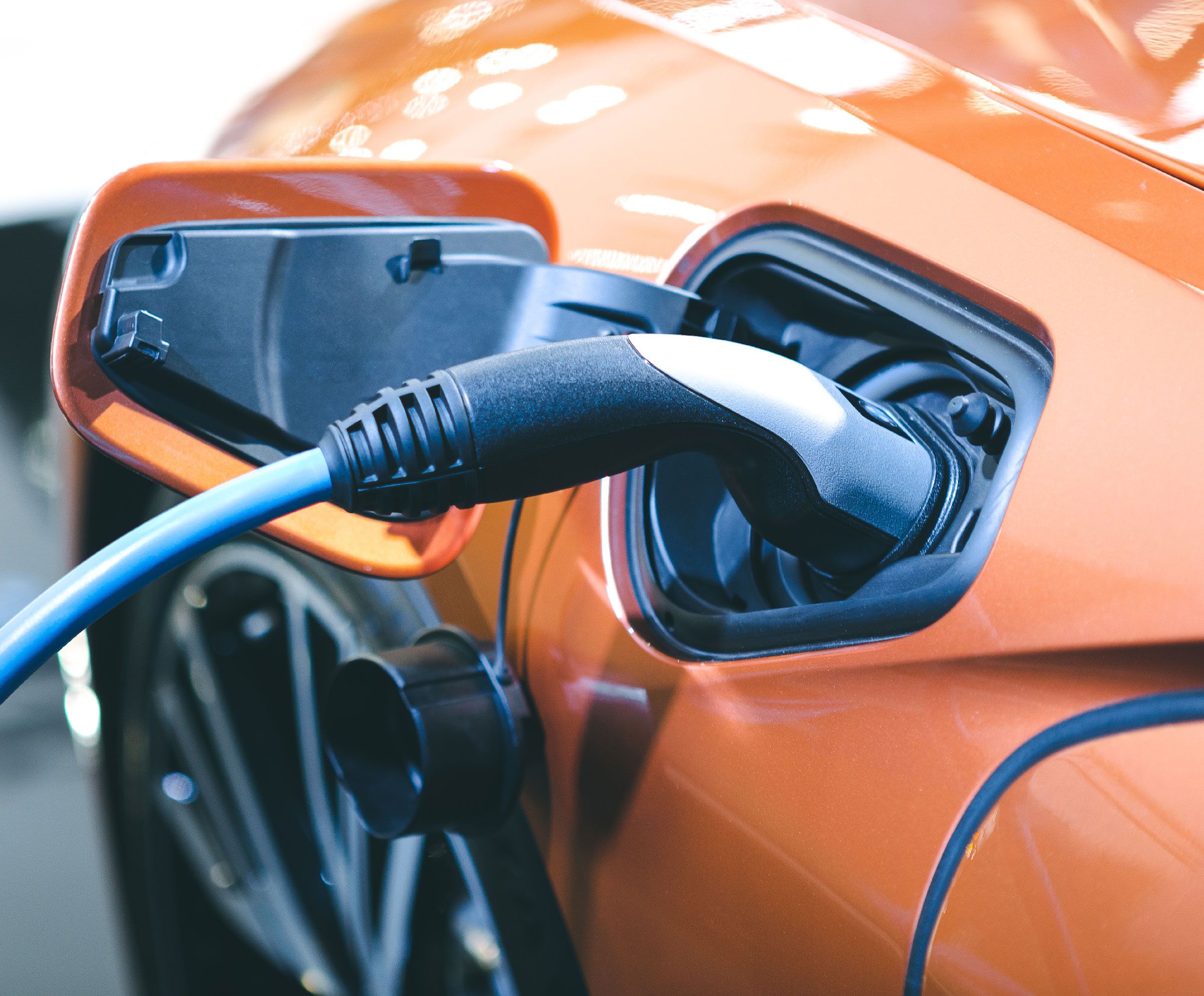
Level 1 EV charging stations
EV manufacturers provide a Level 1 charging accessory that has a standard 120VAC plug and can be plugged into a household outlet. Unlike other chargers, Level 1 chargers do not require the installation of any additional equipment and are the least expensive EVSE option. The Level 1 chargers take the most time to charge your car’s battery — only yielding two to five miles of range per hour. Homeowners typically use these types of chargers to charge their cars overnight.
Level 2 EV charging stations
Level 2 is an AC charging station used with higher output voltages and current. These stations utilize the on-board charger of the EV to convert this AC input to DC to charge the battery. It generally operates at powers up to 20kW and only requires a few hours to charge the battery. Level 2 chargers are used for both residential and commercial charging stations. They use a 240V plug for residential or 208V plug for commercial — and unlike Level 1 chargers, they can’t be plugged into a standard wall outlet. Instead, they are usually installed by a professional electrician.
Level 2 chargers can also be installed with a solar panel system to use renewable energy to create the electricity needed for the charger. Level 2 chargers deliver 10 to 60 miles of range per hour of charging. They can fully charge an electric car battery in as little as two hours, making them an ideal option for both homeowners who need fast charging and businesses who want to offer charging stations to customers.
Level 3 DC Fast Charger (DCFC)
Level 3 charging stations are the super chargers, which directly feed DC supply to the battery bypassing the on-board converter. It operates at power from 25 to 350kW and charges the vehicle in around 30 minutes. The cost of a DCFC range between $25,000 to $200,000, depending upon the power capacity, making them unaffordable for most consumers.
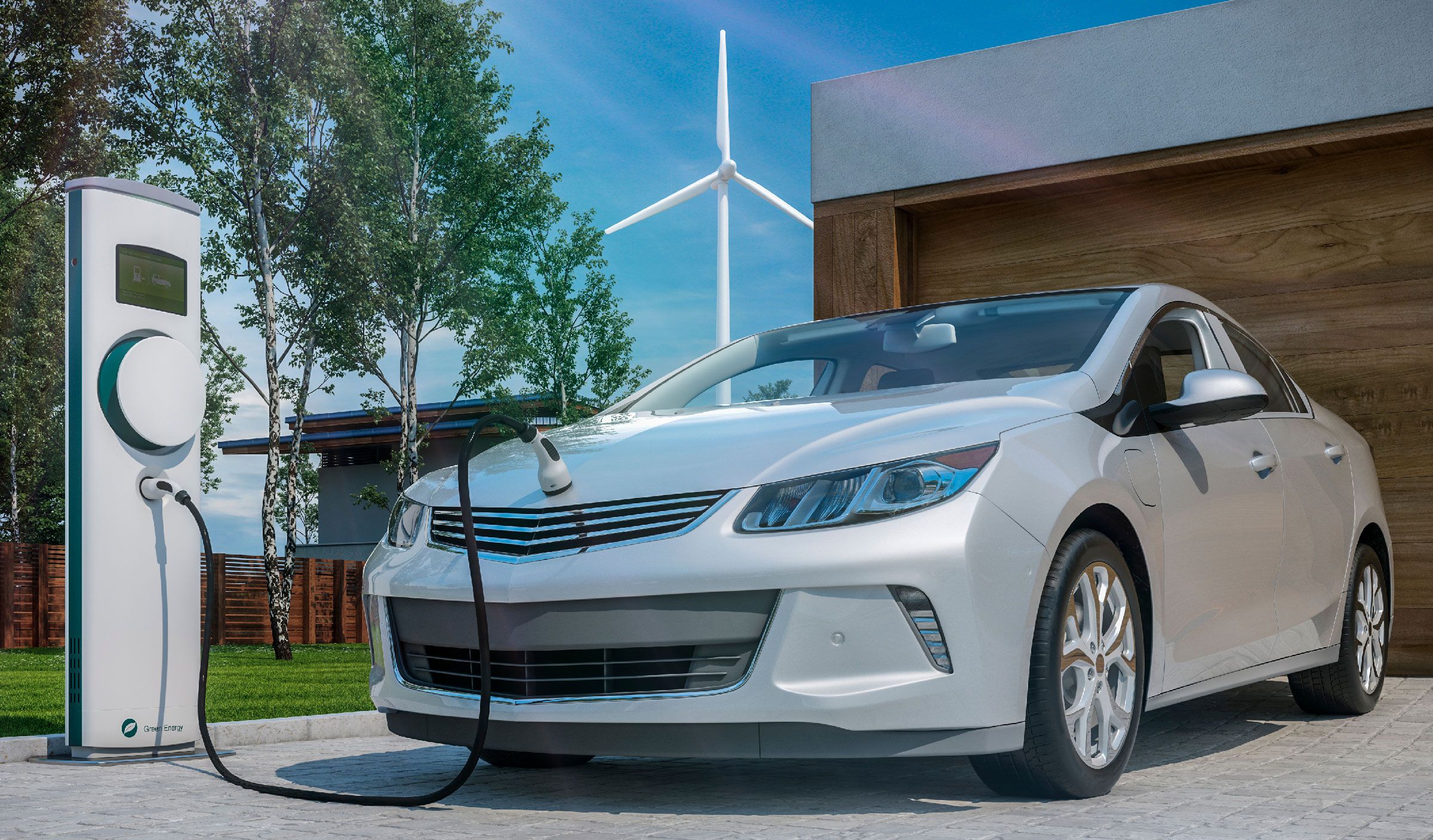
EVs rolling into the future
It’s hard to tell where the future will take electric vehicles, but it’s clear they hold a lot of potential for creating a more sustainable future. If we transitioned all the light-duty vehicles in the US to hybrids or plug-in electric vehicles using our current technology mix, we could reduce our dependence on foreign oil significantly, while lowering the carbon pollution from the transportation possibly as much as 20 percent.
In 2012 President Obama launched the EVs Everywhere Grand Challenge, an Energy Department initiative that brings together America’s best and brightest scientists, engineers, and businesses to make plug-in electric vehicles as affordable as today’s gasoline-powered vehicles by 2022.
Only time will tell what the ultimate outcome will be this time around for EVs, it appears inevitable that as the charging station infrastructure grows and the power grid is stabilized to deliver the additional electrical power needed, that EVs will become the norm for most drivers in the future.
EV charging station components
The electrical controls used in the manufacturing of EV charging stations are an important part of the technology used to build them. They may include the following:
- Miniature Circuit Breakers (MCBs) protect against overload or short circuit.
- Residual Current Circuit Breakers protect against severe weather conditions.
- Disconnect Switches are needed when a disconnecting method is required to meet prevailing standards for installation.
- Surge Protection Devices protect sensitive components against surges caused by lightning and over-voltages.
- Contactors, with a general-purpose current rating up to 115A, are used for switching the power to the EV on or off.
- Energy Meters, are necessary if the station is to be used for commercial charging purposes, as there must be a measurement of energy consumed based on how much customers should be charged. A digital energy meter with a maximum of 80A capacity is used for this purpose.
- Terminal Blocks, Wire Duct and DIN Rail would also be used in charging stations for ease of wiring during assembly.
- If a charging station is networked, it would need High-Tech Devices — such as Gateways and Controllers — to power the entire network. It would also include a DC power supply, requiring single or three phase input voltage.
The majority of the products required to build charging stations are available from c3controls — and we are ready and able to assist manufacturers with the world-class products and service necessary for the production of all types of charging stations.
Electrical machine controls for over four decades
We hope you have benefited from this issue of EVERYTHING UNDER CONTROL and that this information helps you to understand what the future will bring to the Electric Vehicle Infrastructure market. There will be opportunities for c3 and many companies to play a major role in updating the nationwide power grid to make owning an EV viable.
In future issues, we will present information on the latest trends and advancements for a wide variety of industries that depend on c3controls products as an integral part of their machine controls.
----------
Check out the other articles in this Series on Electric Vehicles - New Trends in Technology.
----------------------------------------
Disclaimer:
The content provided is intended solely for general information purposes and is provided with the understanding that the authors and publishers are not herein engaged in rendering engineering or other professional advice or services. The practice of engineering is driven by site-specific circumstances unique to each project. Consequently, any use of this information should be done only in consultation with a qualified and licensed professional who can take into account all relevant factors and desired outcomes. The information was posted with reasonable care and attention. However, it is possible that some information is incomplete, incorrect, or inapplicable to particular circumstances or conditions. We do not accept liability for direct or indirect losses resulting from using, relying or acting upon information in this article.
ISO 9001:2015
Certified
17+ Million Product
Configurations
Lifetime
Warranty
Guaranteed
Same-Day Shipping
Advantage Pricing
Save Up To 40%
c3controls Headquarters, USA
664 State Avenue
Beaver, PA 15009
